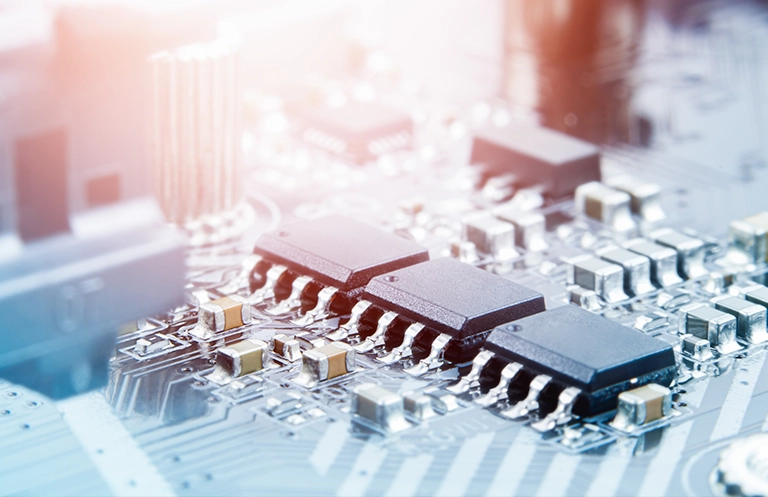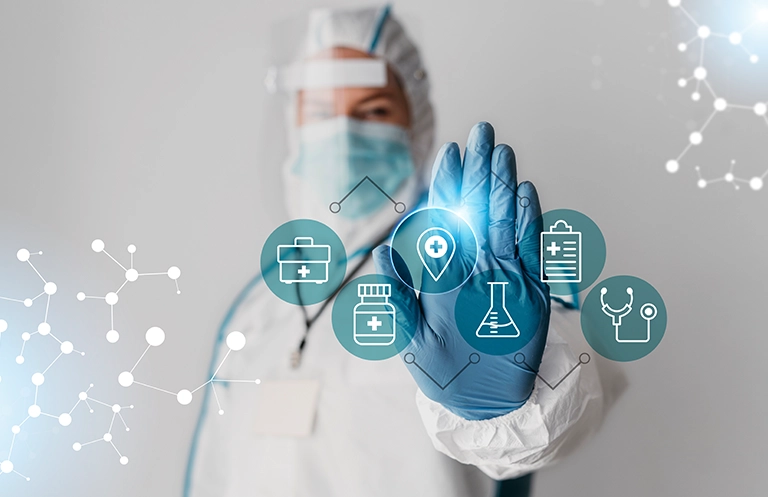WHO estimates that out of three cancers diagnosed, one is skin cancer. Further, it is estimated that one out of five Americans develops skin cancer within their lifetime. American Melanoma Foundation projects that 9,500 people in the US are diagnosed with skin cancer every day.
The above diagnosis statistics are scary considering the current availability of skilled dermatologists in the industry. Early diagnosed skin cancer is treatable before it spreads in the larger parts of the body. Sometimes the skin problem becomes severe when it is diagnosed. Digital dermatoscopy has reduced the burden of skin biopsies for diagnosing cancer. It has been possible due to digital and video dermatoscopes, with the help of which the dermatologists can diagnose cancer early by analyzing high-resolution digital images.
Let us see how digital dermatoscopy is transforming the skin imaging diagnosis value chain.
Dermatoscopy is a highly accurate, non-invasive diagnostic technique to evaluate the skin aspects that are non-accessible from the naked eye. Dermatoscopes are used to capture these skin images and later they are recorded and analyzed on the device itself, mobile phone, or on a PC/web-based software. Dermatoscopes are broadly classified into three categories ─ Analog, Digital, and Video dermatoscopes.
Digital dermatoscopes
In traditional imaging, Analog dermatoscopes were used to view skin lesions with light illumination and lesion magnification. There was no possibility of capturing the image and displaying it on the device. It throws the light on the skin with intensity of 0-10 times associated with a magnifying glass. The major drawbacks of the Analog dermatoscope are lack of portability, incompatibility, and interoperability with intelligent dermatology software.
 Digital dermatoscope imaging lifecycle
Digital dermatoscope imaging lifecycle
The primary benefit that the Digital dermatoscope offers is that it can analyze the skin lesions more comprehensively with increased accuracy. One comparison demonstrates that the Digital dermatoscope provides increased accuracy of 30% compared to the Analog dermatoscope. Now, with digital imaging and processing methodology, doctors can visualize and manipulate the captured images. They can perform various analysis on the image like zoom and enlarge the infected area, compare it with previously captured images, and calculate the intensity of the increased infection.
Image signal processing (ISP) is playing a vital role in skin diagnosis. With precise imaging results, the treatment can start early. A physician can also compare the past images with the current ones to understand the spread of the disease and the difference from the past images.
Digital imaging and Image Signal Processing (ISP)
Recent advancement in digital camera technology has opened doors for the Digital dermatoscopes to capture and process skin images precisely. Digital Image Signal Processing (ISP) can classify skin lesions from the captured high-resolution digital images. ISP and image tuning help improve the image quality and display for dermatologists. Digital dermatoscope captures video with higher frame rates and digital images with higher resolution. To perform ISP on the embedded device, a specific GPU, DSP, or FPGA is required at the edge. Using various hardware compute platforms like Qualcomm, Nvidia, and NXP, you can perform ISP and tuning at the edge in an embedded dermatoscope device.
Multi-spectral imaging in dermatoscopy helps to illuminate specific skin lesions by enlarging the image. White light from traditional dermatoscopy imaging is not able to see the inner structure of skin lesions. Multi-spectral imaging uses different wavelengths of light to illuminate the lesion. It also creates individual maps that allow clear visualization of a specific skin structure from the entire image. These visualizations help dermatologists to make decisions on diagnosis, treatment, and follow-ups.
AI in dermatoscopy
AI plays a significant role in analyzing these images. It helps medical professionals as a clinical decision support system to diagnose various skin diseases including cancers. The Machine Learning algorithm compares the dataset of cancerous images and helps dermatologists with the risk and propagation of the disease. It performs image classification and categorizes skin lesion images with higher accuracy. Deep learning enables the visual search of the available patient images from the larger dataset of images.
To support immediate and in-home primary diagnosis for common skin conditions, Google is working on AI-enabled web-based tools for users to diagnose skin conditions. The user needs to capture skin and nail images from the phone camera and upload them on the portal. Google AI model analyzes these images from 288 conditions and gives possible matches to diagnose them further.
Connectivity and Teledermatoscopy
COVID-19 has impacted the healthcare value chain globally and with that, telehealth sessions are getting popular, being convenient for practitioners and patients. Dermatology is one of the key medical domains for telehealth sessions. The portable dermatoscopes with wireless connectivity are significantly useful for treating the aging population via tele-consulting. These devices capture the skin lesions data and send it to the cloud via interfaces like BLE, Wi-Fi, LTE, or 5G connectivity enabled in the device.
Further, the images are available on the dermatologist’s mobile or PC screen via mobile or web apps. The SaaS-based cloud backend platform processes and stores the images. This platform provides scalability, interoperability, and security for the solution providers to penetrate multiple geographies.
The way forward
The digital evolution in dermatoscopy has happened with the rise in technologies like high-resolution imaging, AI, and connectivity. The Digital dermatoscope value chain from device-to-cloud has touchpoints across these technologies from capturing the image to processing, tuning to visualization, and analytics. Solution developers working in digital dermatoscopy are often engaged in integrating the latest technologies in their solutions.
eInfochips possesses very deep expertise in imaging and video-related workloads. We have worked with global customers for imaging workloads from sensor capture to insights. We have in-depth expertise and experience in various hardware (Qualcomm, NXP, NVIDIA) and cloud platforms (Azure, AWS). Our strategic partnerships with these leading providers provide us access to their platforms well in advance and access to their technology roadmaps. We understand that every sensor, lens, and processor combination is unique, and to get the best-tuned performance we have set up an in-house imaging tuning lab to help our customers in image sensor tuning based on the requirement of the use case environment.
Contact our experts to know more about our image tuning and digital engineering capabilities.













